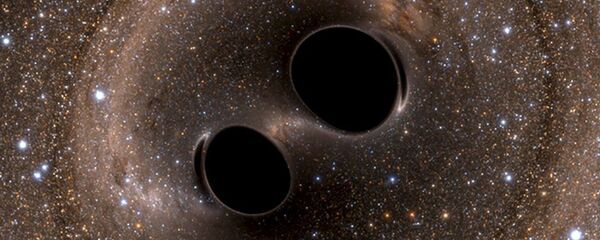Superheated rocks deep inside the Earth are driving the seismic activity on the San Andreas Fault, one of the most volatile tectonic plates in the world. Scientists from the University of Southern California (USC) have studied the Parkfield section of the fault, located between Los Angeles and San Francisco. The area experiences mild tremors every few months, while earthquakes measuring magnitude six on the Richter scale have shaken the area at fairly regular intervals, with the last one occurring in 2004.

The tests showed that after a major earthquake occurs, for a moment the tectonic plates at the fault remain in harmony, gliding past each other, but this is actually the calm before the storm – motion across chunks of granite and quartz generates heat, which eventually reaches 650 degrees Fahrenheit (343 degrees Celsius).
The extreme temperatures make the rocks melt and they generate more friction and more heat, which in turn results in more rapid movements that trigger earthquakes.
"Just like rubbing our hands together in cold weather to heat them up, faults heat up when they slide. The fault movements can be caused by large changes in temperature. This can create positive feedback that makes them slide even faster, eventually generating an earthquake", said Sylvian Barbot, assistant professor of Earth sciences at the USC Dornsife College of Letters, Arts and Sciences.
The researchers say these findings are very important as they enable scientists to understand how and when earthquakes may hit.
"It's difficult to make predictions, so instead of predicting just earthquakes, we're trying to explain all of the different types of motion seen in the ground", said Professor Barbot.



